The Tasmanian-based environmentalist, Dr Bob Brown, has probably had a more positive and far-reaching impact on this country’s history than some recent Prime Ministers.
That’s a grand statement about a man who readily points out that he was “never a minister of anything”.
But, as Dr David Suzuki, esteemed Canadian zoologist and geneticist and international environmental heavyweight, asks in The Giants, “Can you imagine Australia without Bob Brown?!”
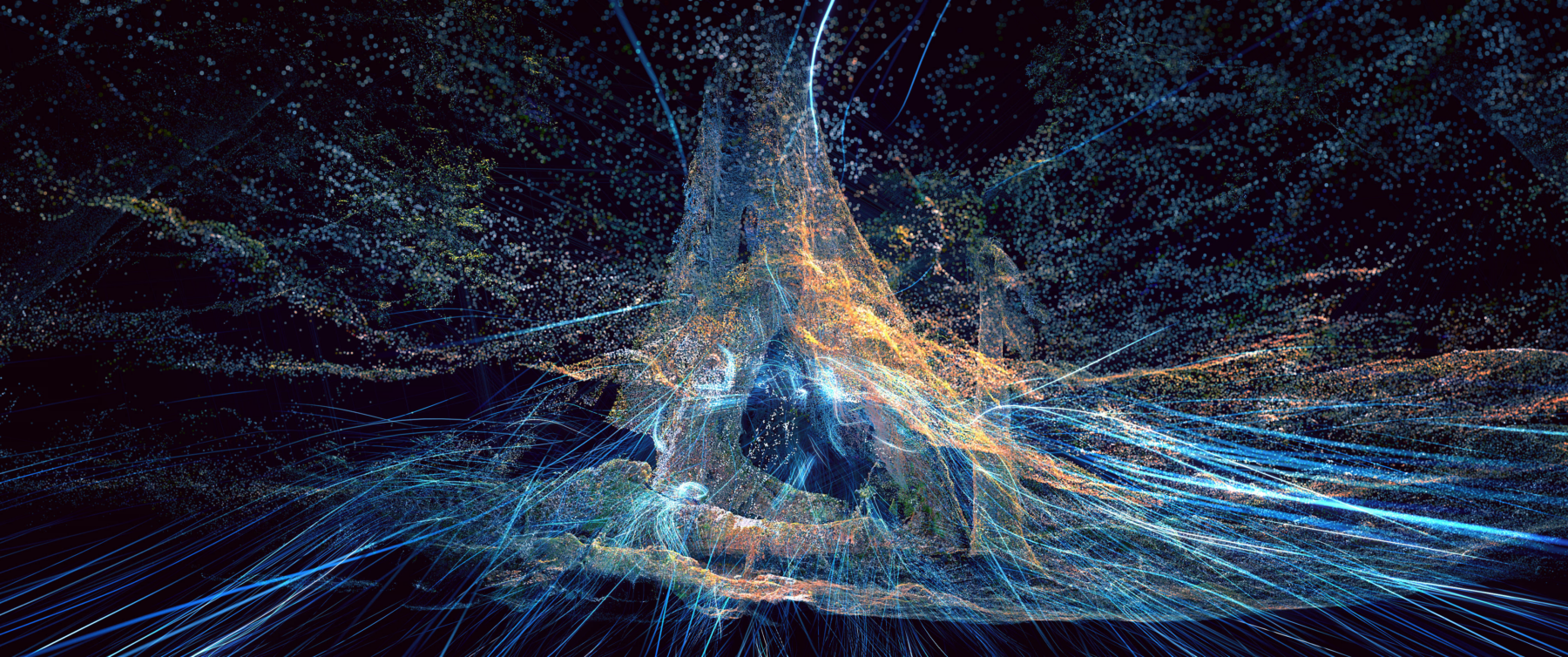
This movie-length documentary, which was released nationwide into mostly independent cinemas this week, is a remarkable account of the strength, willpower, and commitment of a gentle man who’s devoted his life to the natural world and the socially disadvantaged.
Generational impact
The lives of at least two generations of Australians have now been intertwined with the actions of Bob Brown.
For more than four decades we’ve seen him on our screens and heard him on the airwaves as an impassioned and articulate advocate for the environment.
But I’m sure most of us would fall well short of understanding his true impact on modern Australia.
Of course – and Bob is the first to tell you this – he’s been supported and surrounded by an army of foot soldiers throughout his tenure as a lead spokesperson for natural Australia.
“Bob’s great strength,” Marian Wilkinson, one of Australia’s most respected investigative journalists and author of The Carbon Club, observes in the film “is that he is a visionary and he thinks big: he’s the kind of person that rolls the big boulder of ideas up the mountain and he calls for people to follow him.”
It’s clear that, without Bob, the threat during the 1980s to dam the mighty Franklin River in the Central Highlands of Tasmania wouldn’t have become a national and international issue.
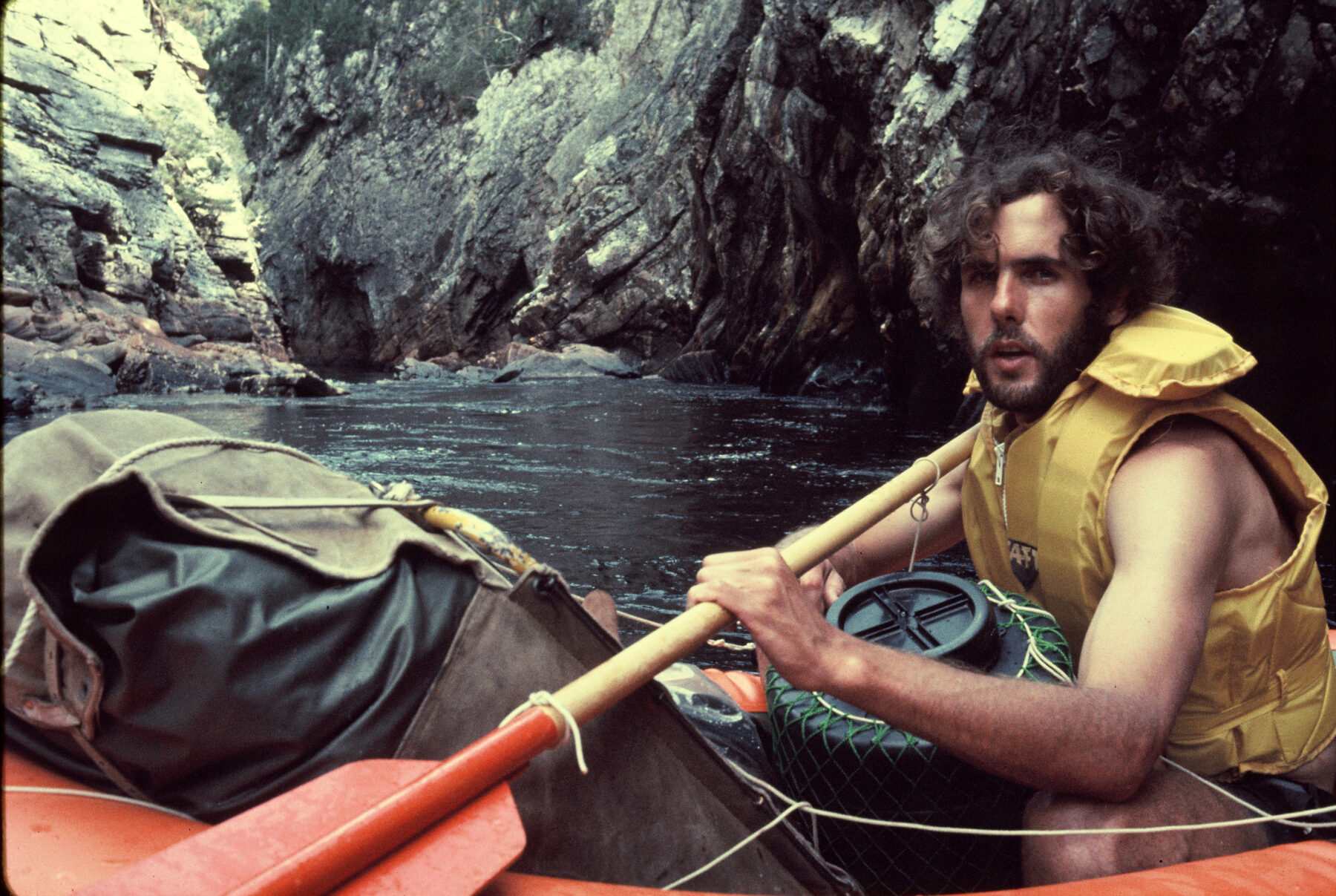
And without that, it’s unlikely that Bob Hawke’s Labor Government would have ascended to power and dominated Federal Politics as it did for a decade.
The ripple effect that spread from that extended moment in history ultimately led to the protection of other iconic Australian environments, such as the Daintree’s tropical rainforests and Kakadu’s wetlands, the later doubling of Tasmania’s World Heritage Area, and the introduction of legislation to protect millions of hectares of wilderness in NSW.
Bob Brown’s long-time advocacy for gay rights, and his place in history as the first openly gay member of the Federal parliament, have also contributed immensely to Australia being a better place for the LGBTQIA+ community.
For the love of Tasmania
The Giants is promoted as an animation/biography but its animation component is deployed in a way that works almost seamlessly with reality, bringing to life the trees of the forests that feature in this film as much as Bob himself.
Bob, of course, is one of the film’s eponymous giants. But it’s the mountain ash, myrtle, and Huon pines celebrated so exquisitely in this documentary that are equal co-stars. In fact, all four receive first credits at the film’s end.
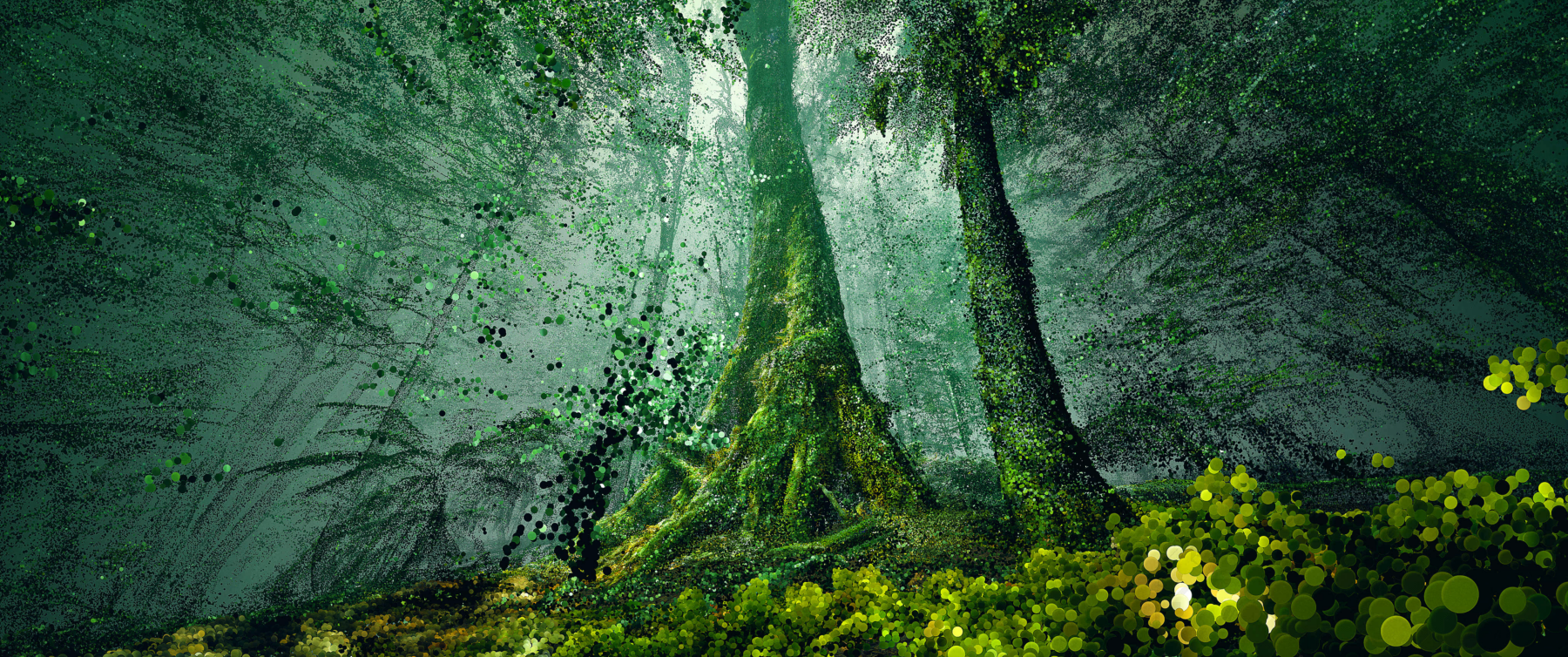
After being born during a bushfire, Bob, the movie shows us, found a connection “watching seasons and playing with nature” as a very young boy, when his family moved to the tiny rural town of Trunkey Creek, in the Central West of NSW.
But it was his move to Tasmania to take up a position as a GP in a Launceston medical practice, not long after he finished his medical degree at the University of Sydney, when Bob tapped into a deep appreciation and understanding of nature and its role in humanity.
“I’m home,” he wrote of Tasmania in a card to his parents. He soon bought a cottage on 10 acres near Launceston, with wilderness at its back door.
There he revelled in a “kaleidoscope of wonders” and “got roots into life and the planet, which came after years of drifting”.
Leading the fight to save the Franklin River he co-founded the Wilderness Society and later went on to spearhead the formation of Bush Heritage Australia and the Australian Greens political party. He ultimately spent 17 years as a Federal senator.
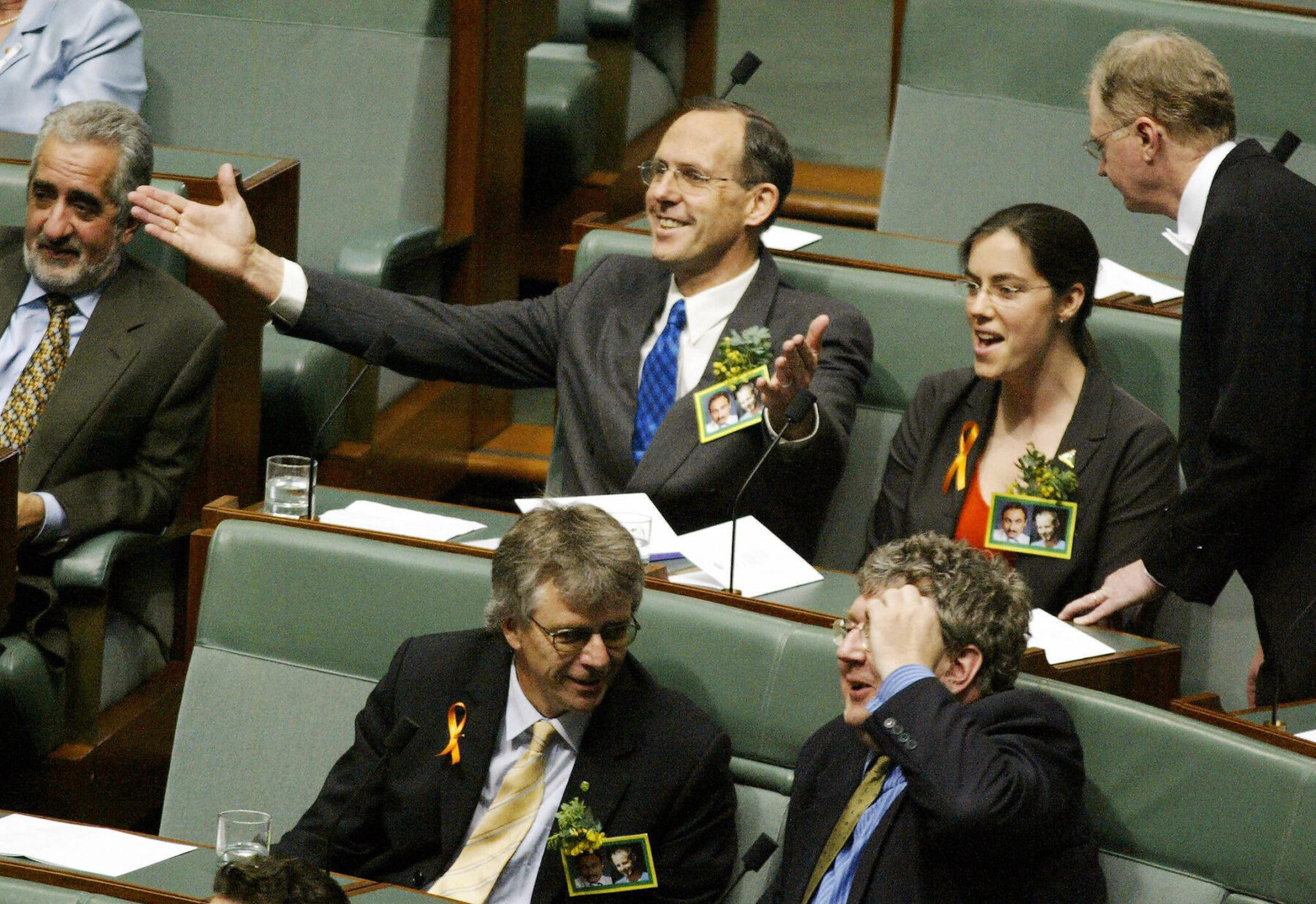
Since resigning from parliament in 2012 he’s established the Bob Brown Foundation and is again, at the age of 78, back on the frontline, peacefully but vehemently protesting the destruction of Australia’s natural environment.
Written and created by co-directors and producers Laurence Billiet and Rachael Antony, the team responsible for the acclaimed 2020 documentary Freeman, The Giants is a celebration of a simple man who’s had an extraordinary influence.
But it’s also a film about the beauty of Australia’s remarkable trees and forests.
“We literally cast the trees like you would [characters] in a film with people,” Laurence told Australian Geographic. “We went around and tried to find trees that would carry our story.”
She added that much work also went into the film’s sound “because we wanted to bring the forest to life with sound as well”.
The filmmakers agree it’s the strong connection between Bob and the trees that is “the joy of the film”.
“It’s about that constant [parallel] between Bob’s world and the human story and the forest world,” Laurence said. “We found that it was also a really nice way to speak to Bob’s motivation as well, by bringing to life that world that makes him tick and that he’s fighting for.”
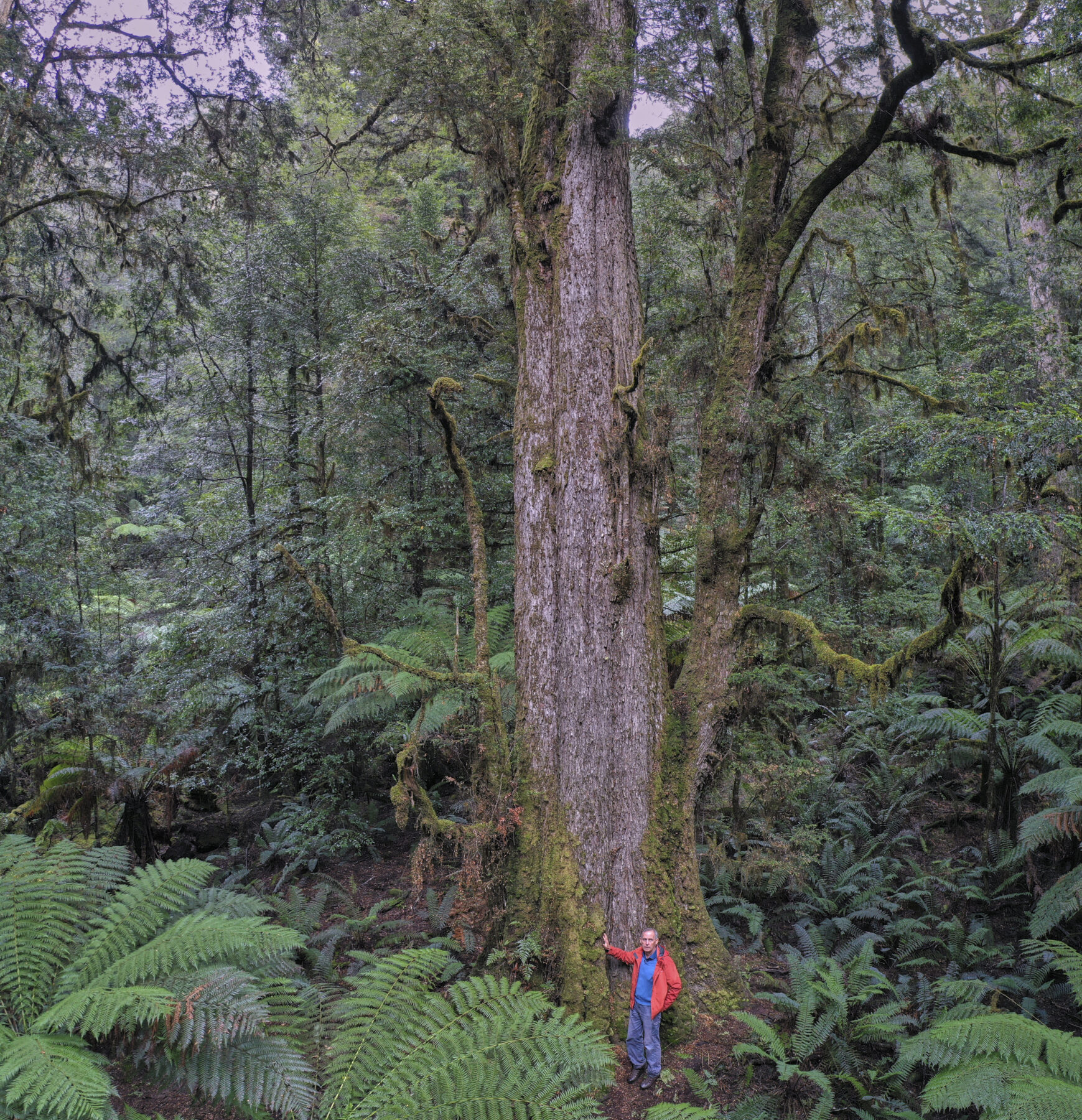
A new generation
For Bob, it was this idea of celebrating Australia’s forests that initially brought him onboard for the project.
“I said yes because they were proposing, and it turns out to be true, this great presentation about forests,” he told Australian Geographic. “My feeling then, as it is now, is if this can get one more young person to get active for the planet’s environment then it will be worthwhile.”
As much as he acknowledges that the film is celebration of what he’s managed to achieve in his life he very much sees it as a vehicle to be able to achieve much more.
“If I’ve had an impact, I’m glad of that,” he says. “But it’s been way short of what I and any other environmentalist looking at the world would have wanted.
“During my lifetime I’ve seen the Australian and global twin environmental emergencies of extinction and climate change unfolding, and both are [doing so] in a worse way now than ever before.”
The release of The Giants, he clearly believes, is not so much about taking stock as it is about the chance to motivate a new generation to step up and continue to take action in favour of a healthy and secure natural environment.
“The destruction of the living environment is accelerating, and we are seeing it on our tablets and our tv sets right around the world and it is leading to people being very aggrieved and angry and depressed,” Bob said. “In a way I’ve gone back to medicine in saying to people don’t get depressed, get active, for your own medical wellbeing let’s get active on this’.”
“This little film is about licencing young people to get active.”




